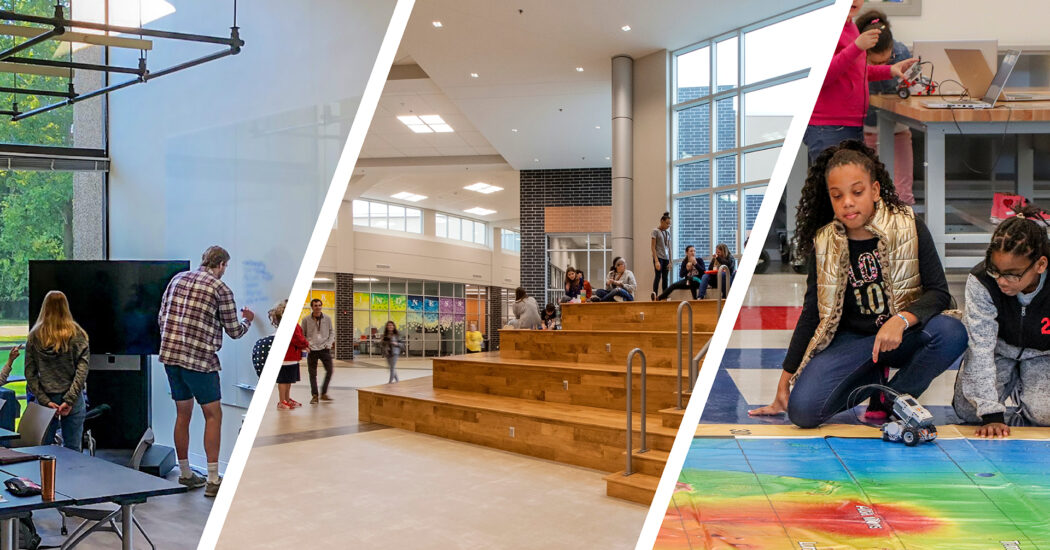A Look at FCA Types and Knowing What’s Best for Your Project
-
Category
Achievements, Perspectives, Innovation -
Posted By
Lisa Gomperts -
Posted On
Dec 04, 2023
Facility management is a multifaceted field that involves strategic planning, maintenance, assessment of buildings and their components. Whether dealing with a single building or an entire campus, facility condition assessments (FCAs) play a crucial role in understanding and managing assets effectively. In this blog, we’ll discuss different facility types, the levels of detail in assessments, and the intricacies of large and small-scale evaluations.
What’s Your Level?
According to APPA, there are two facility types and five Uniformat® assessment levels. Let’s take a closer look at both:
- Level One (U1): High-Level Narrative Data. Intended to help facilities staffs get a better understanding of their assets at a broader level, data collection is done in major group elements for large portfolio buildings.
- Level Two (U2): Discipline-Based Datasets. Best suited for master planning projects, this level examines about 20 pieces of asset information.
- Level Three (U3): System-Based Deferred Maintenance. This level advises facilities planning staffs on capital plans for 5 and 10 years by analyzing about 50 pieces per individual element.
- Level Four (U4): Assembly Level for Cost Estimation. This is a cost-estimating exercise for assembly and renovation that examines detailed data.
- Level Five (U5): Work Order Platforms for Maintenance Planning. By analyzing and capturing hundreds of data points, work order platforms for preventive and predictive maintenance planning can be established.
Large-Scale vs. Small-Scale Facility Assessments
When we do facility assessments, we group them by large- and small-scale jobs. Large-scale assessments review an entire campus with the end goal being to develop a strategic, long-term plan. These assessments are best for campus-wide, multiple building renovations. Read about our large-scale facility assessment with the Indiana State Fairgrounds. Conversely, small-scale assessments reveal crucial details about individual buildings. They are well-suited for renovations and short-term planning. Learn more about our small-scale facility assessment with Goshen College.
A Comprehensive Review
With both facility assessment types, there is a process that includes data collection where drawings are reviewed with facilities staffs. Site visits and documentation also occurs through photos, and codes are researched for compliance. We will also rate the condition of campus assets, assigning a facility condition assessment score and a recommendation for either deferred renewal or renewal and replacement. To arrive at these scores and recommendations, we look at primary, secondary, and service categories and evaluate life cycle costs, a site assessment, or a combination of the two. Learn how a facilities audit led to huge savings at Oakland City University.
Solution Delivery
Following the completion of a facility assessment, our team provides deliverables and access to our SCOPE database that helps Owners make informed decisions about the future of their campus assets. This includes system ratings, corrective action recommendations, and costs with a 5- to 10-year window.
The Four Ps: Your deferred maintenance and master planning checklist
Facility assessments are intricate processes that require a systematic approach to ensure the effective management of assets. Understanding the different levels of detail, assessment types, and prioritization methods is crucial for maintaining and enhancing the lifespan of facilities. Whether it’s a large-scale campus or a single building, a well-executed facility condition assessment is the key to informed decision-making in facility management.
Is a facility assessment the right call for your campus? Let’s talk.
Lisa Gomperts, FAIA, is a project manager | principal for Schmidt Associates who is committed to making the design process enjoyable and engaging for every Owner by creating an environment that fosters active participation and seamless integration. As an AIA Fellow, Lisa has a proven track record of delivering exceptional work and contributing to both architecture and society.







